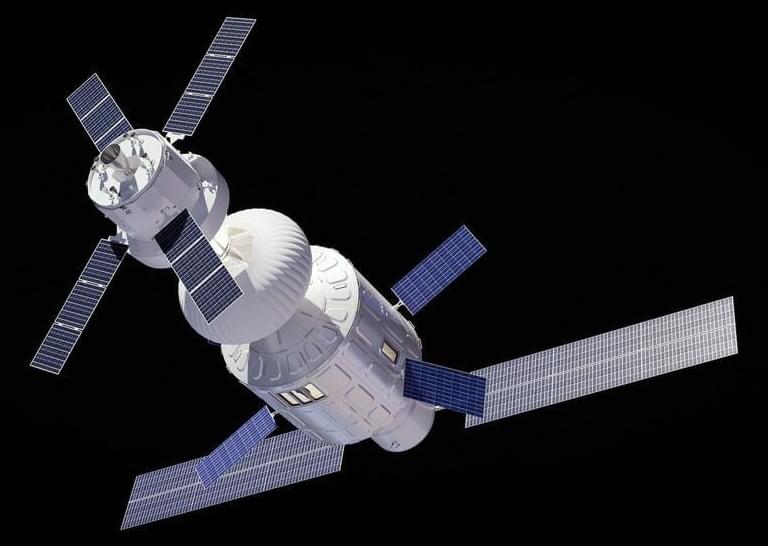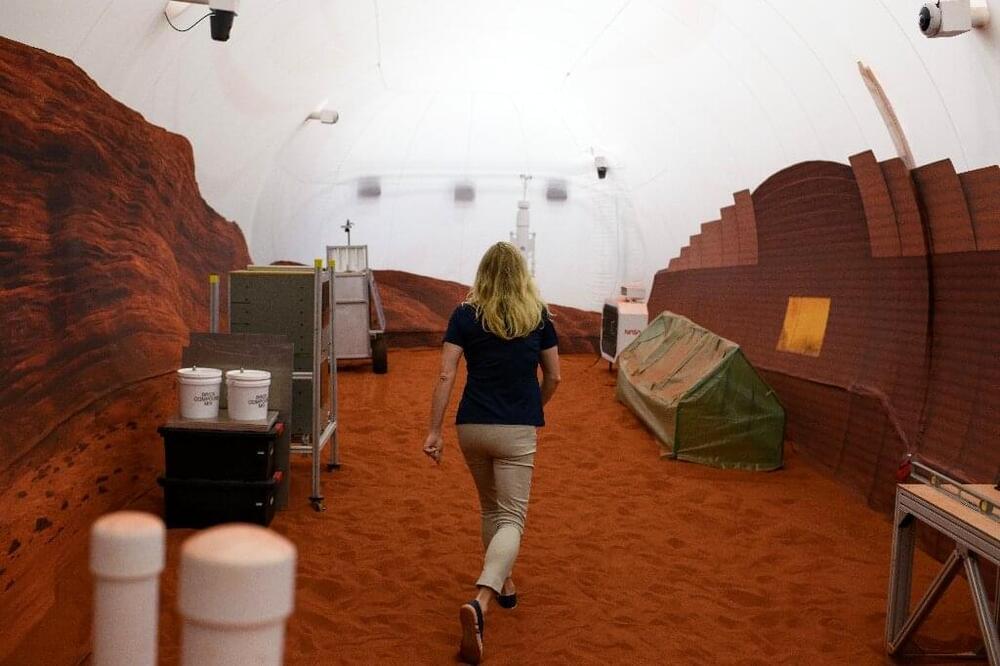Dr. Rupert Sheldrake believes that memory is inherent to nature, and has spent the last forty years of his career investigating slippery, esoteric phenomena at the very edges of empiricism. Some of the results are intriguing — dogs that know when their owners have started the long journey home, crosswords that become easier to solve a few days after they’ve been published in the papers, IQ scores increase generation after generation. His work is ongoing, the territory marginal, and the implications immense.
Support the scientific revolution by joining our Patreon: https://bit.ly/3lcAasB
Support us both when you pick up one of Rupert’s books: https://amzn.to/3xdrRmo.
Let us know what you think in the comments or on our Discord: https://discord.gg/MJzKT8CQub.
00:00:00 Go!
00:02:43 New Science.
00:07:59 Physics as supreme authority.
00:13:08 Experimentation.
00:22:51 Psychology.
00:25:37 Morphic Resonance.
00:37:32 Fragility.
00:41:52 Debate.
00:48:19 Science, State, and Truth.
00:52:50 Instrumentalization.
00:59:00 Analog Systems.
01:16:53 Avoiding Bitterness.
01:21:22 Engaging Critics.
01:28:16 God.
#consciousness #evolution #psychology.
Check our short-films channel, @DemystifySci: https://www.youtube.com/c/DemystifyingScience.





